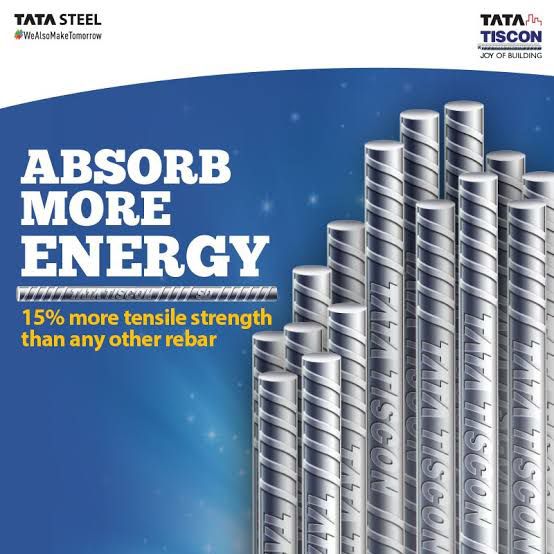QUANTIFYING SUSTAINABILITY: INCORPORATING GREEN BUILDING COSTS INTO PROJECT BUDGETS
Quantifying Sustainability: Incorporating Green Building Costs into Project Budgets
Sustainability has become a central focus in the construction and real estate industries. As the world grapples with environmental challenges, there is a growing recognition of the importance of green building practices. However, one common obstacle that hinders the adoption of sustainable building techniques is the perception that they are costly. In this article, we explore the vital need to quantify sustainability and how to effectively incorporate green building costs into project budgets.
The Business Case for Sustainability
Sustainability is no longer just a buzzword; it’s a sound business decision. Green buildings offer numerous benefits, including reduced operational costs, improved indoor air quality, enhanced occupant well-being, and a smaller carbon footprint. These advantages translate into long-term financial savings and increased property value.
Identifying Green Building Costs
To incorporate green building costs into project budgets, it’s crucial to understand what these costs entail. They typically fall into three categories:
- Design and Certification Costs: These encompass expenses related to sustainable design, energy modeling, and obtaining green building certifications such as LEED (Leadership in Energy and Environmental Design). While these upfront costs may be higher, they are essential for long-term sustainability.
- Material and Technology Costs: Sustainable building materials and technologies, such as energy-efficient HVAC systems, solar panels, and low-flow plumbing fixtures, may come with higher initial price tags. However, they lead to substantial savings in energy and water usage over time.
- Operational and Maintenance Costs: Green buildings require ongoing monitoring and maintenance to ensure that they continue to operate efficiently. Budgeting for regular maintenance is essential to maximize the benefits of sustainable features.
Cost-Benefit Analysis
Quantifying sustainability involves conducting a comprehensive cost-benefit analysis. This analysis should consider the following key factors:
- Return on Investment (ROI): Calculate the ROI for incorporating green features. Consider the potential savings in energy and water bills, reduced maintenance costs, and increased property value over the building’s lifespan.
- Marketability: Green buildings are often more attractive to tenants and buyers. Assess the potential for higher rental income or property resale value due to sustainability features.
- Regulatory Incentives: Research local and national incentives, tax credits, and grants available for green building projects. These can significantly offset initial costs

Budgeting for Sustainability
When budgeting for sustainability in a construction project, follow these steps:
- Early Planning: Integrate sustainability considerations into the project from the early planning stages. Waiting until later can lead to costly modifications.
- Consult Experts: Collaborate with sustainability consultants, architects, and engineers who specialize in green building practices. Their expertise can help you make informed decisions.
- Life-Cycle Costing: Consider the long-term costs and benefits of green features. While some upfront costs may be higher, they often lead to substantial savings over time.
- Contingency Budget: Include a contingency budget to account for any unforeseen challenges or changes during construction. This buffer can help manage costs effectively.
Incorporating green building costs into project budgets is not just an ethical choice; it’s a smart business move. Sustainability leads to lower operating costs, increased property value, and improved marketability. By quantifying sustainability through thorough cost-benefit analysis and early planning, construction projects can embrace green building practices without compromising their budgets. Ultimately, sustainable construction is an investment in a greener future and a healthier bottom line.


